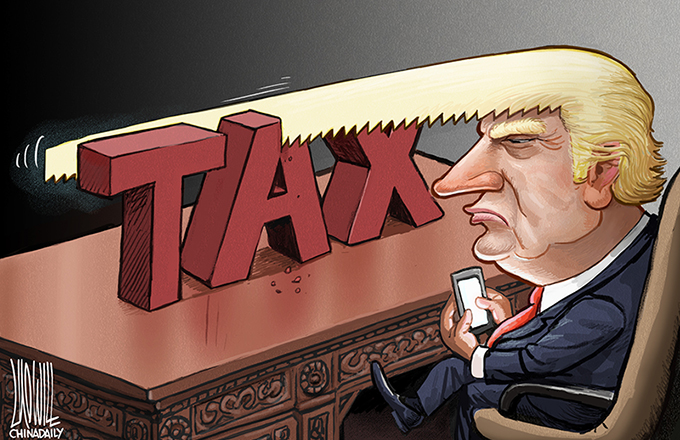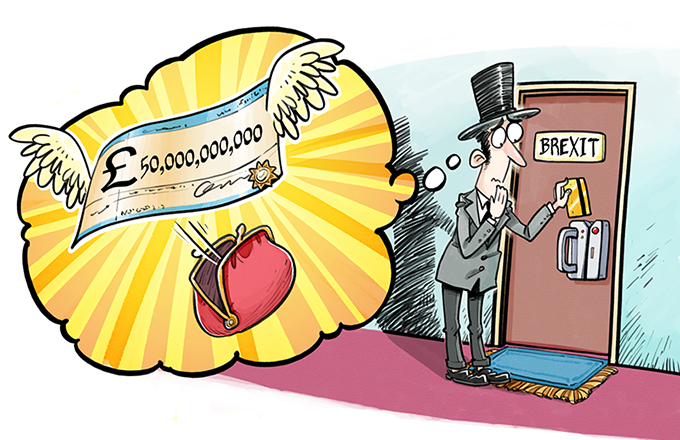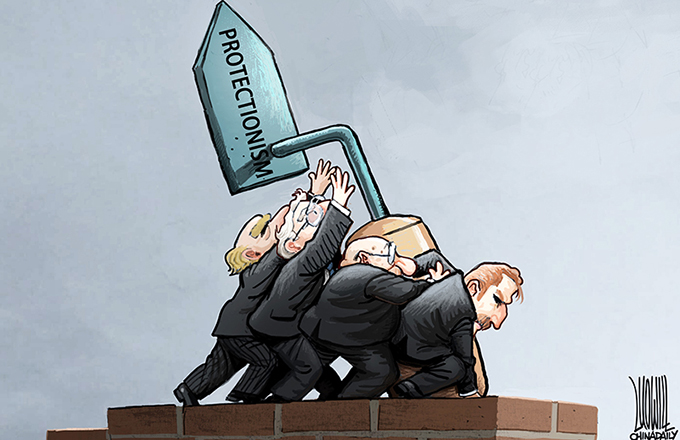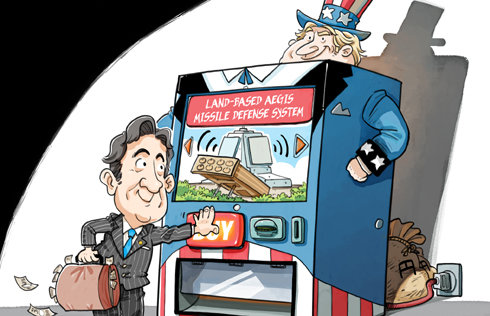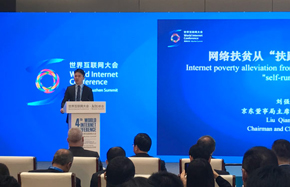Time for harvest and sowing
The first is to create an upgraded version of the China-ASEAN Free Trade Area. The establishment of the China-ASEAN Free Trade Area has created a precedent for trade and investment cooperation in the Asia-Pacific region, which greatly boosted the rapid development of bilateral economic and trade relations. Looking into the future, China will uphold traditions in the establishment of the free trade area over the past ten years, prioritize the ASEAN's representation of their interests, and create more favorable conditions for ASEAN's development. We are willing to upgrade and expand the content and scope of China-ASEAN free trade area agreement based on the principles of mutual benefit and common development. Both sides can consider deepening talks on further lowering tariff rates, cutting non-tariff-related measures, launching dialogues for a new round of service trade pledge, and pushing forward the actual opening-up for investment through policies concerning access and personnel travels, so as to boost the liberalization and facilitation of trade and investment. This will enable the China-ASEAN Free Trade Area to keep up with the times and make it into an upgraded version covering more areas and with higher quality. We are willing to sign long-term trade agreements for agricultural products with the ASEAN, actively expand the imports of ASEAN products that are competitive and appealing to the Chinese market. We aim to expand bilateral trade volume to one trillion U.S. dollars by 2020, meanwhile, increase bilateral investment by 150 billion dollars during the next eight years. Just as the ASEAN is the priority in China's peripheral diplomacy, the ASEAN is also the priority of China's outbound investment. We also welcome enterprises in the ASEAN countries to invest and start businesses in China.
Meanwhile, China is willing to join hands with the ASEAN to advance talks of Regional Comprehensive Economic Partnership (RCEP), and discuss exchanges and interactions with frameworks such as Trans-Pacific Partnership (TPP) Agreement, so as to create an open, inclusive and mutually beneficial climate to "make the two wheels of regional and global trade roll together".
The second is to boost mutual connectivity. We need to speed up cooperation in boosting mutual connectivity in areas such as roads, railways, water transport, aviation, telecommunication and energy. More efforts will be made to facilitate the gradual launch and construction of Pan-Asia Railway network and effectively carry out certain key projects. China will initiate a new round of targeted loans and give full play to the China-ASEAN Investment Cooperation Fund, and work actively with various sides to establish a financing platform in Asia to fund large-scale infrastructure projects. While stepping up the "hardware link", China and the ASEAN will also beef up efforts in improving the rules of origin implementation mechanism, and boost "software connection" in standard systems such as information exchange, customs clearance and quality control, in order to create conditions for the gradual building of an infrastructure-connected Asia. The two sides should also expand investment and industrial cooperation, jointly foster a batch of green and highly efficient industrial parks to realize mutual integration.
The third is to boost financial cooperation. This is extremely crucial to safeguard financial and economic stability in the region. In recent years, China-ASEAN financial cooperation has made profound achievements and the overall scale of "Chiang Mai Initiative" multilateralization agreement has expanded to 240 billion dollars. The Chinese side is willing to continue to work with the ASEAN members to strengthen multi-layer regional financial security network, promote the substantial implementation of the bilateral local-currency swap agreement, encourage cross-border trade and investment settlements in local currencies, facilitate ASEAN institutions to invest in Chinese bond markets and constantly improve early-warning and bail-out mechanisms on regional financial risks. I believe the region's members are capable of coping with various difficulties and challenges, and by joining hands and helping each other, China and the ASEAN are sure to be able to maintain the steady economic growth and economic and financial stability in the region.
Please click here for Chinese version


